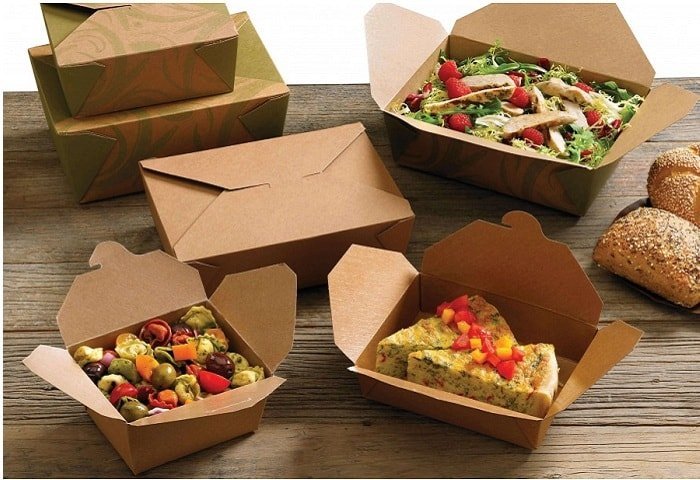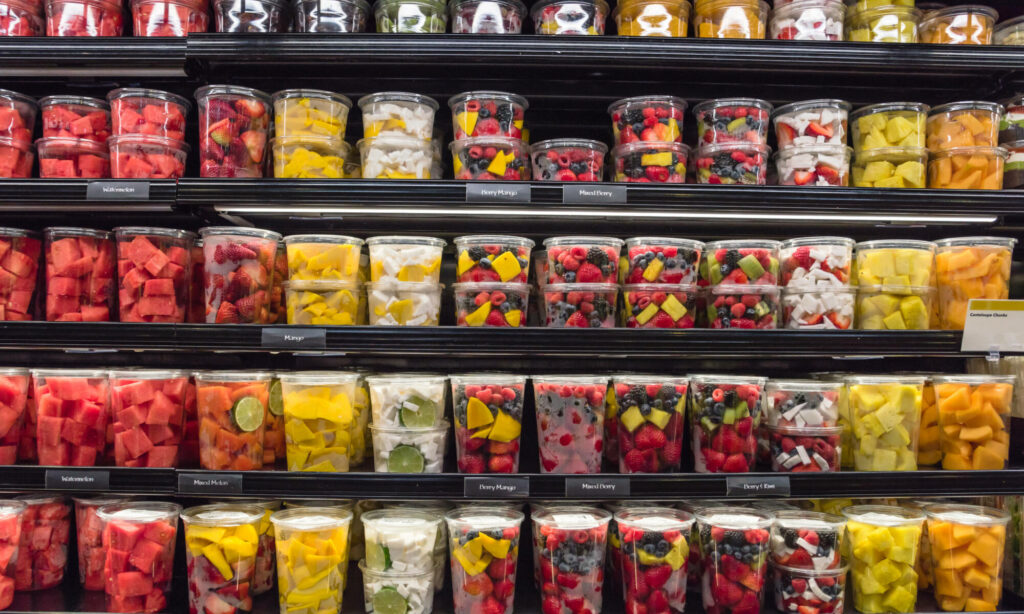FOOD PACKAGING DESIGN CAN ENCOURAGE CONSUMERS TO RECYCLE, RESEARCH FINDS
A researcher has concluded that the design of food packaging can have a significant influence on whether consumers recycle their packaging waste.
In a recently published doctoral thesis, Babak Nemat, adopted what has been described as a consumer-centric approach in his research on what influences whether individuals correctly separate out the various fractions of packaging waste.
“The packaging design can influence consumers’ sorting behaviour and reduce miss-sorting by being based on the user and a sustainable behaviour. By communicating the value, function, and recyclability through the packaging usage phase, the design has the potential to influence the consumer to sort properly,” Dr Nemat said in a statement released by Sweden’s University of Boras, where the researcher recently presented his thesis.
The quantities of food packaging waste produced are, despite the greater awareness of environmental concerns, continuing to grow, so increasing recycling rates is seen is key.
In the European Union, an average of 178.1kg of packaging waste (of all kinds, including food) was generated per inhabitant in 2019, although quantities varied significantly between member states.
According to statistics published by the European Commission, quantities were lowest in Croatia, where each person generated an average of 74.0kg of packaging waste that year.
Ireland saw the greatest quantities generated in 2019, with each resident responsible for generating 228.0kg on average.
Central to the research that formed Dr Nemat’s thesis was the importance of the shape, texture and colour of food packaging and their role in influencing recycling behaviour.
He concluded that packaging design can be used to inform consumers about recycling and can influence the likelihood that they will recycle their packaging waste.

“Until now, research on the waste management of food packaging has mainly focused on how different materials can be recycled, while the design has been reserved for marketing the content itself,” Dr Nemat said.
“The interesting and new thing that emerges in my research project is that it is possible to increase the amount of recycled packaging material and at the same time meet the demands of consumers and marketing.”
The university’s statement said that Dr Nemat’s research stood out from other studies on waste management because it considered the consumer’s perspective when it came to packaging design.
Dr Nemat’s primary supervisor for his dissertation was at the University of Art in Tehran, Iran, while he had two assistant supervisors at the University of Boras.
Between 2009 and 2019, the main packaging waste material generated in the EU was paper and cardboard, at 32.3 million tonnes, with plastic and glass in second place, at 15.4 million tonnes, just ahead of glass waste, at 15.2 million tonnes.
That 10-year period saw a steady rise in the amount of plastic waste produced in the EU on a per-capita basis. In 2009, it was about 27.5kg per capita, but by 2019 the figure had risen to around 35kg per person.
Over the same ten-year period, the quantity of plastic waste recycled per person in the EU increased from just below 10kg to around 14kg, meaning that while recycling rates increased, they grew more slowly, in absolute terms, than the quantity of plastic waste generated.
That means the amount of plastic waste that was not recycled increased between 2009 and 2019, highlighting the importance of efforts to push up recycling rates.

The EU’s Packaging Waste Directive aims for a minimum of 60% of glass, paper and cardboard to be recycled, along with 50% of metals, 22.5% of plastics and 15% of wood. The plastic recycling rate counts only plastic that is recycled back into plastic.
Just as the quantities of packaging waste generated vary considerably from country to country, so do the recycling rates.
In 2019, Belgium topped the list of member states, with an 83.5% recycling rate, while Malta was bottom of the table, with a packaging recycling rate of just 33.7%. The EU average was 64.4%.
Now that he has completed his PhD, Dr Nemat hopes to be able to put into practice the knowledge he has gained from his research.
“My greatest wish is to collaborate with packaging producers to be able to put my knowledge into practice. Or to continue researching,” he said.
In another packaging-related development, SIAL Paris Newsroom recently reported that researchers in the Czech Republic have developed edible packaging.
Join us at SIAL Paris as exhibitor Join us at SIAL Paris as visitor
